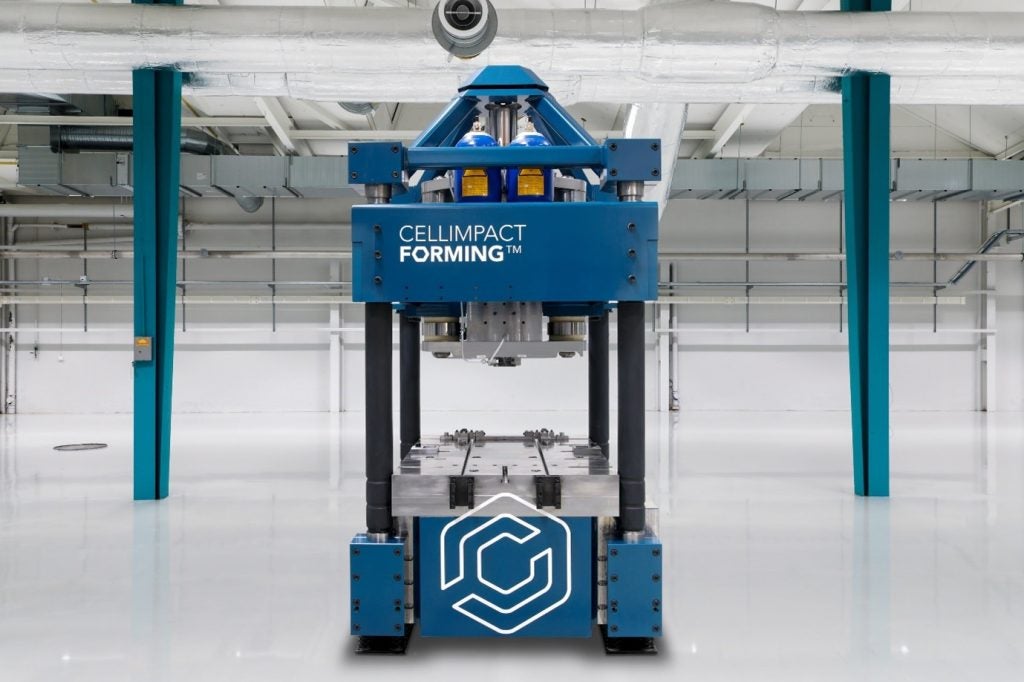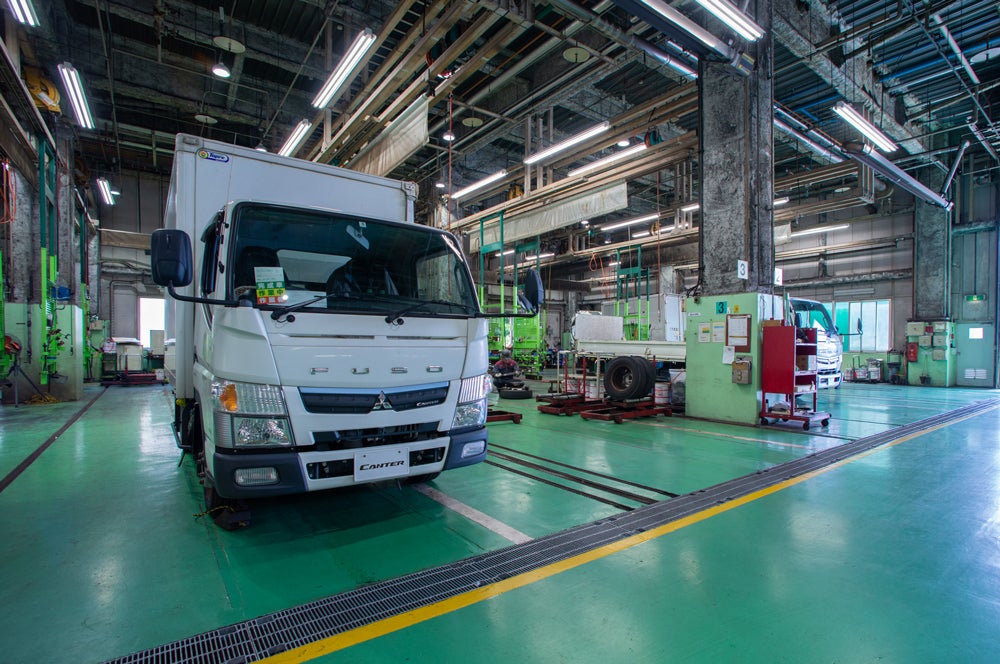Mazda is “re-balancing” domestic production capacity in Japan with plans to re-open its Ujina Plant Number 2 (U2) from about April 2004 while concurrently closing its F Plant which makes vans and trucks. Both facilities are located on the company’s Hiroshima estate.
The Nihon Keizai Shimbun newspaper said that the changes were being made due to the poor performance of Mazda’s truck business.
In a statement, Mazda said the changes will increase domestic production capacity by 110,000 units, or 14%, from 788,000 units to 898,000 units annually, which the company says is required to support growth in domestic and export volumes included in its Millennium Plan.
Despite the change, the new level of capacity represents a 15% reduction from Mazda’s installed capacity in place prior to implementation of the Millennium Plan in November 2000.
Assembly of Mazda’s body-on-frame trucks – Titan, Titan Dash, Bongo Truck, and Bongo Brawny Truck – will be shifted from the F Plant to the Onomichi plant run by Isuzu unit Press Kogyo in Hiroshima, beginning in spring 2003.
How well do you really know your competitors?
Access the most comprehensive Company Profiles on the market, powered by GlobalData. Save hours of research. Gain competitive edge.

Thank you!
Your download email will arrive shortly
Not ready to buy yet? Download a free sample
We are confident about the unique quality of our Company Profiles. However, we want you to make the most beneficial decision for your business, so we offer a free sample that you can download by submitting the below form
By GlobalDataVans currently assembled at F Plant will be moved to Mazda’s U1 or U2 Plant.
Mazda said the re-balancing of domestic production capacity aims to improve overall operating efficiency, while reinforcing the production capacity of passenger cars and maintaining the production of commercial vehicles at the same time.
These changes will have no impact on the products Mazda offers nor on employment levels.
F Plant is Mazda’s oldest vehicle assembly plant, opened in 1960. U2 Plant opened in 1972.
“These plans continue Mazda’s Millennium Plan strategy of aligning our production capacity with reality. They also enable us to operate our overall vehicle assembly system far more efficiently and in a more environmentally friendly manner,” the company said in a statement.







